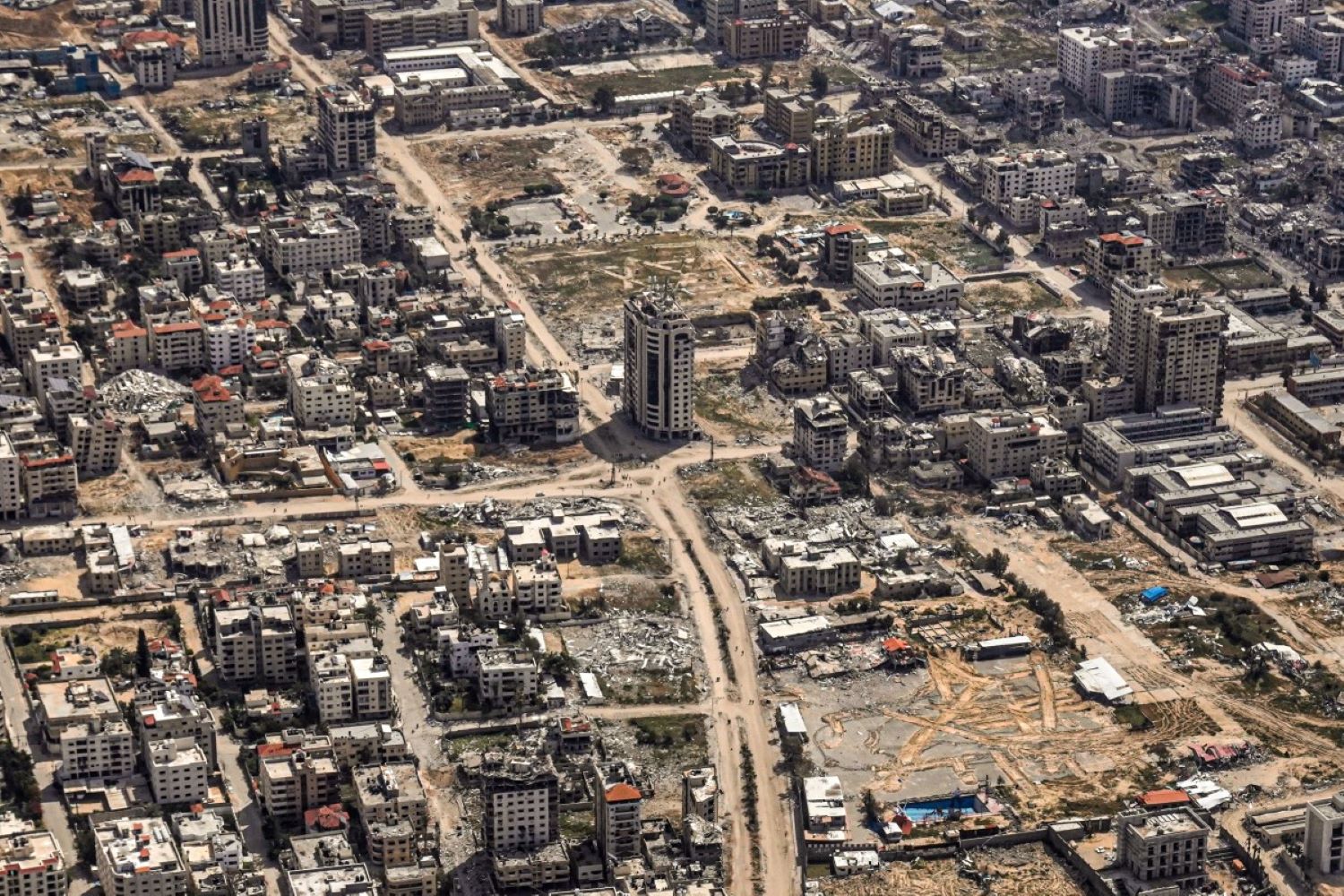Washington, United States–The World Bank says the Israel war against Gaza has caused damage of around $18.5 billion to Gaza’s critical infrastructure, according to a new report published Tuesday.
This is equivalent to 97 percent of the combined economic output of the West Bank and Gaza in 2022, the World Bank said in its interim damage assessment, which covers the period between the onset of the conflict on October 7 and the end of January.
The report, produced with the United Nations and the European Union, found structural damage affected “every sector of the economy,” with more than 70 percent of the estimated costs due to the destruction of housing.
The bloodiest-ever Gaza war erupted with Hamas’s October 7 attack, which resulted in about 1,160 mostly civilian deaths in Israel, according to an AFP tally of Israeli official figures.
Israel’s retaliatory campaign has killed at least 32,916 people, mostly women and children, according to the health ministry in Hamas-run Gaza.
The Israeli military’s heavy aerial bombardment in the aftermath of the attack, and its ongoing ground operations inside Gaza, have reduced many areas of the territory to rubble, creating an estimated 26 million tons of debris.
“For several sectors, the rate of damage appears to be leveling off as few assets remain intact,” the Bank said.
Beyond the structural damage, the report also found that more than half of Gaza’s population were on the brink of famine, with the whole population “experiencing acute food insecurity and malnutrition.”
An estimated 84 percent of Gaza’s health facilities have been damaged or destroyed, while three quarters of the population have been displaced by the fighting, leaving more than a million people without homes.
The report, created using remote data collection sources, found that Gaza’s water and sanitation system had “nearly collapsed,” and was delivering less than 5 percent of its pre-war output.
100 percent of Gaza’s children were out of school due to the collapse of the education system, while 92 percent of its primary roads were either destroyed or damaged, according to the World Bank.
The report called for “an increase in humanitarian assistance, food aid and food production; the provision of shelter and rapid, cost-effective, and scalable housing solutions for displaced people; and the resumption of essential services.”

